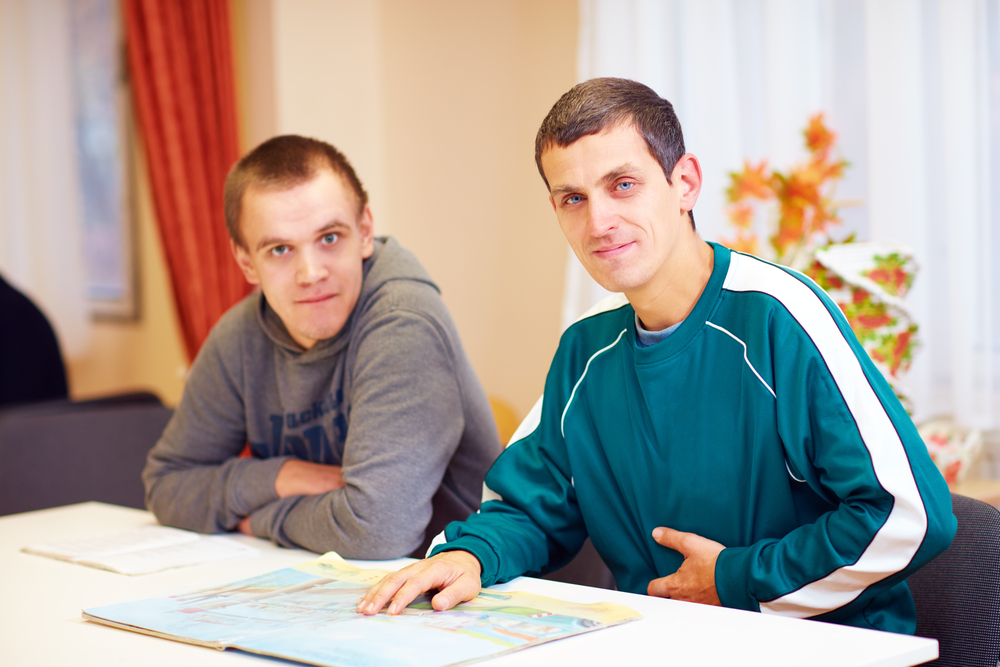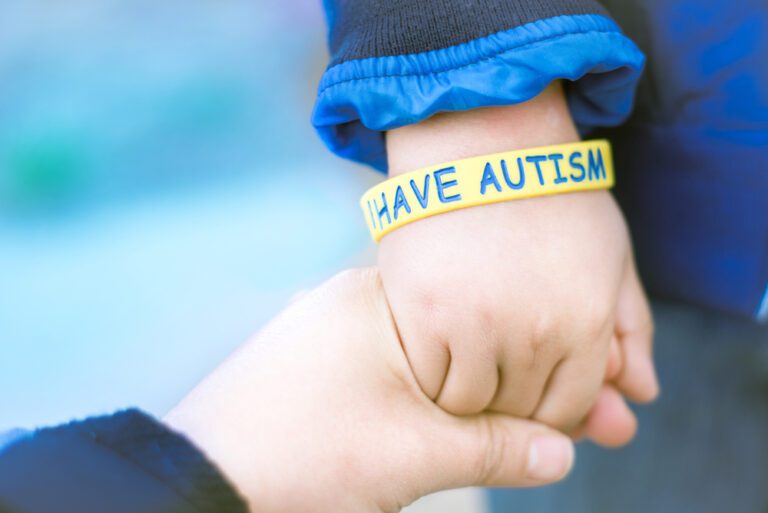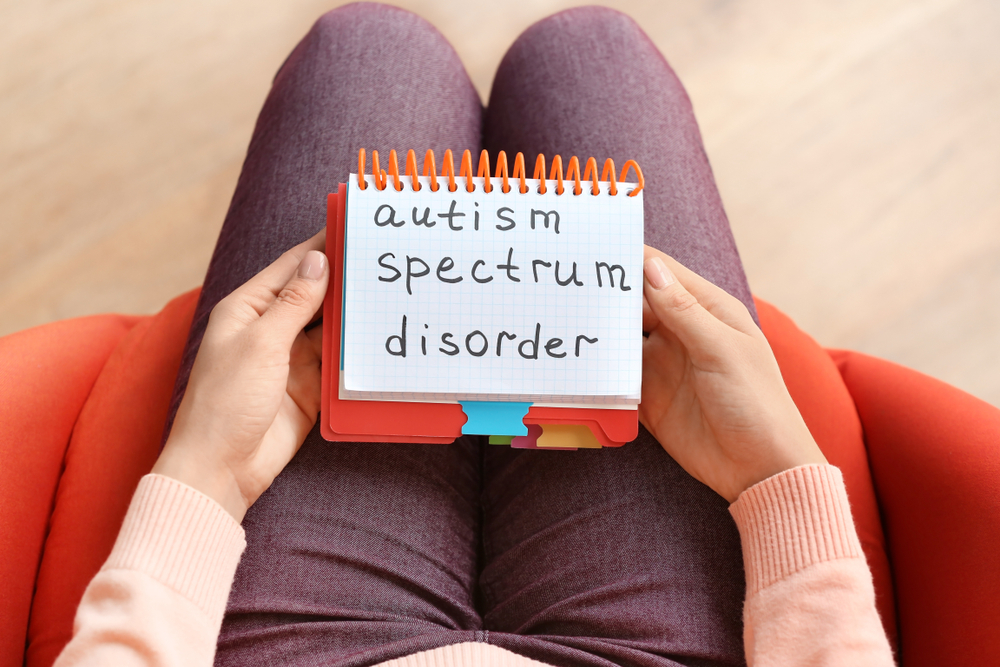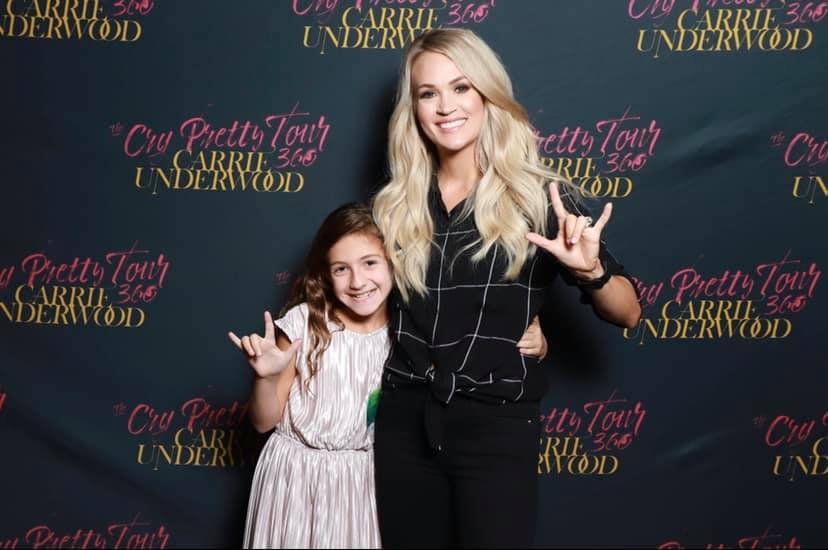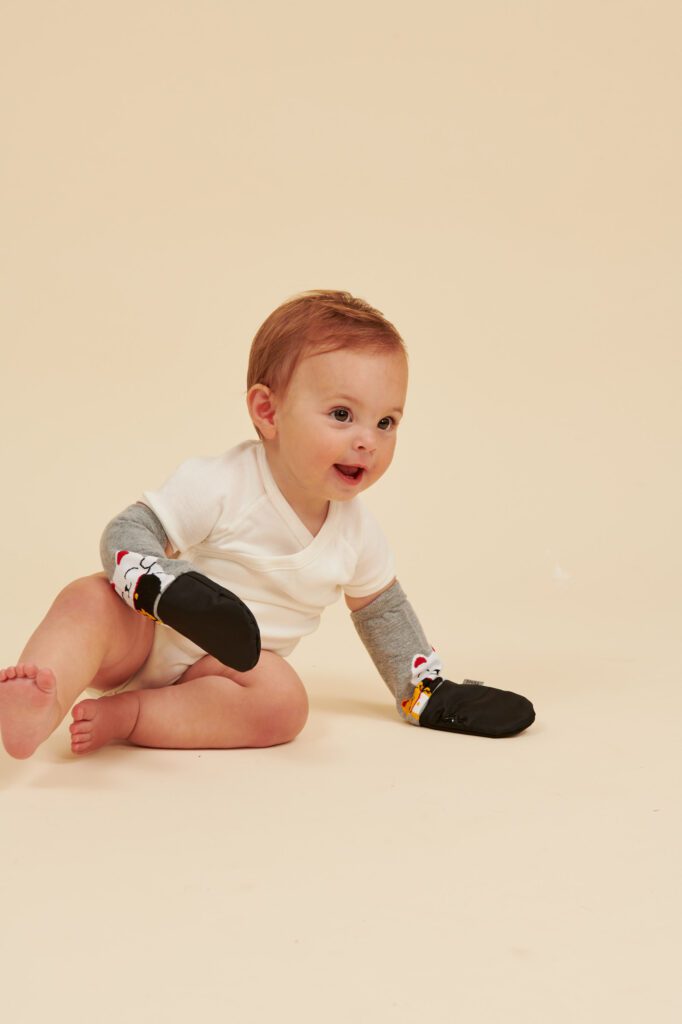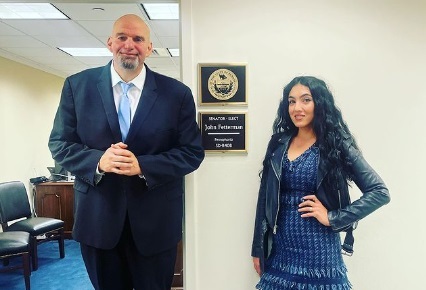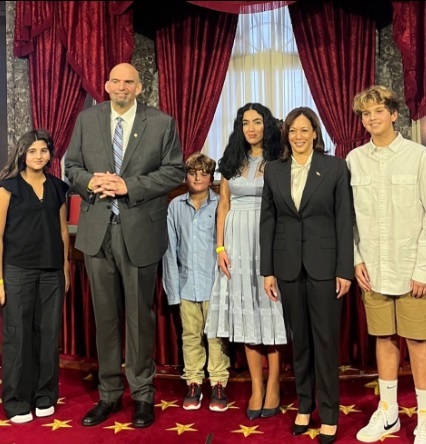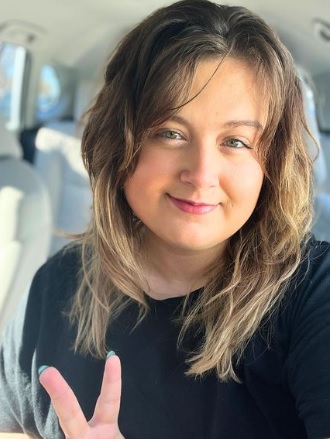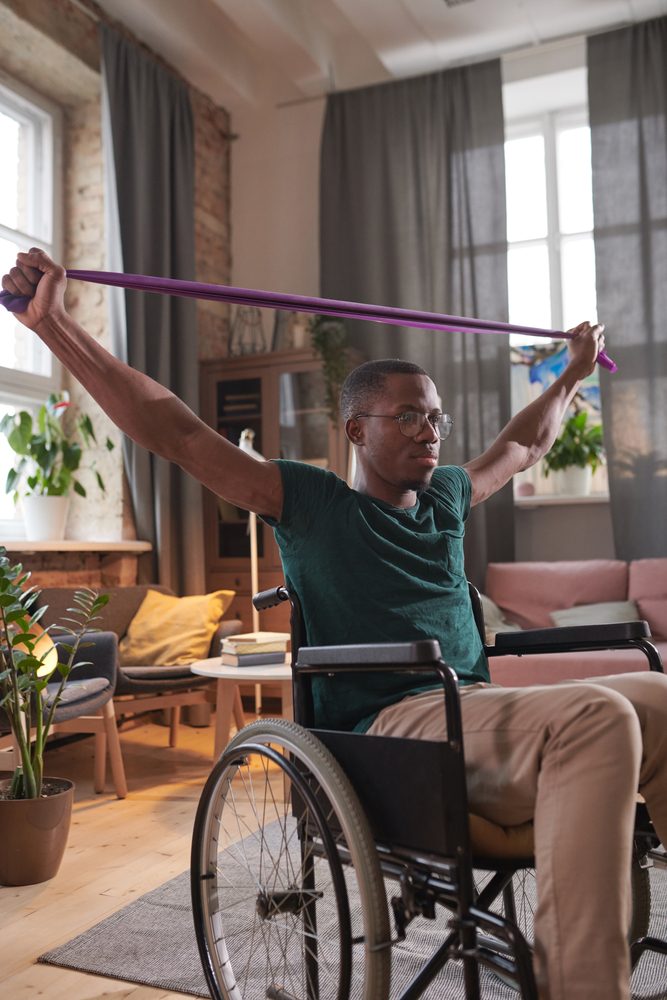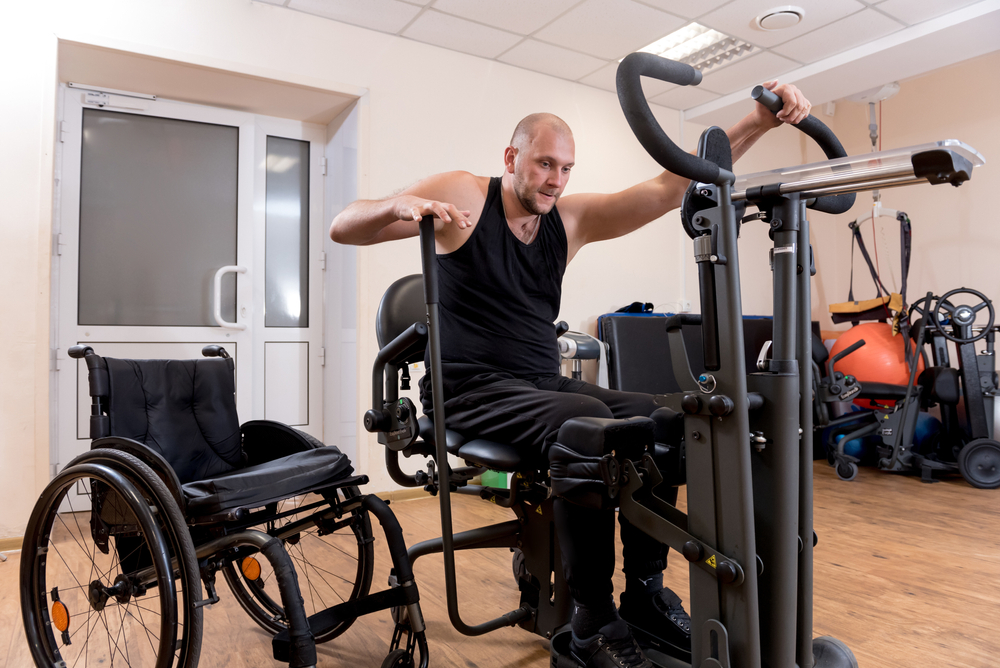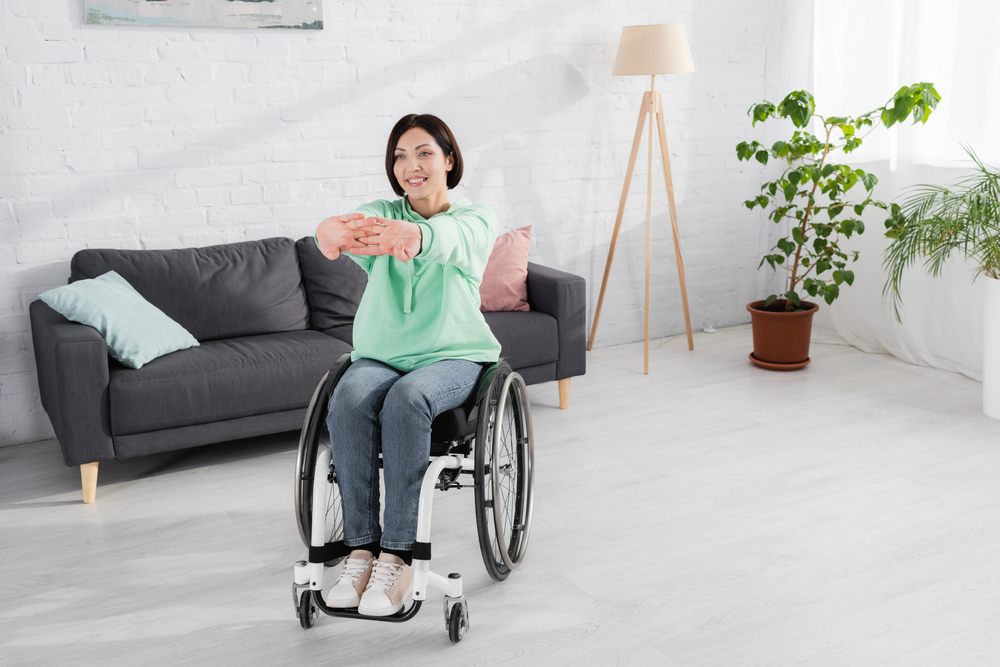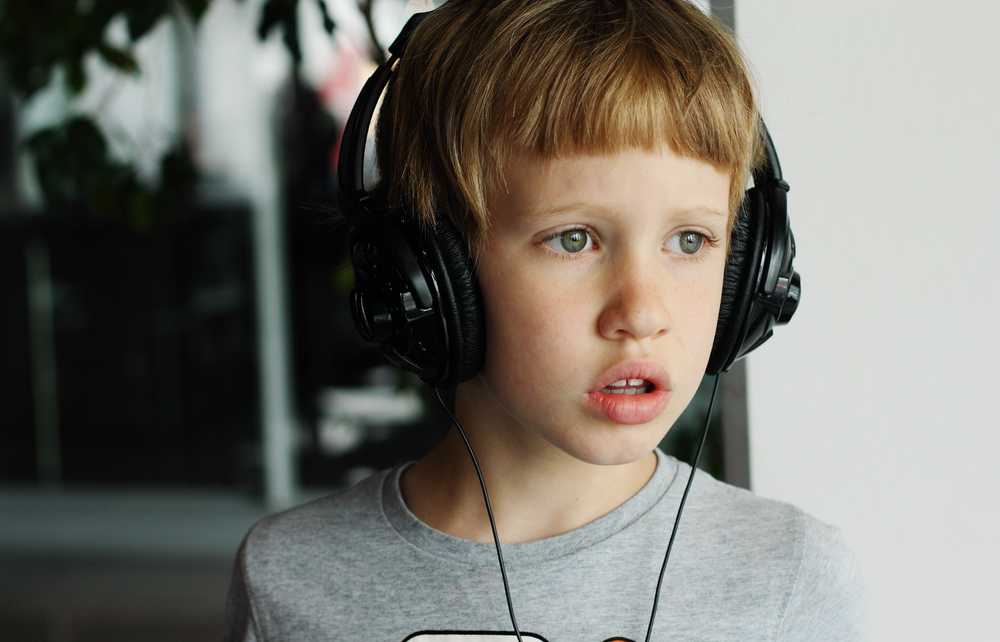Starting a business can be quite challenging — though equally as rewarding — for those who pursue entrepreneurship. Perhaps for individuals with disabilities, this professional endeavor may come with additional obstacles. With the right resources and support, however, it is absolutely possible for professionals within the disability community to successfully start and run their own businesses. The following basic points outline the initial start-up steps, as well as resources available for guidance on how to establish a company, including developing a business plan, researching funding options, finding support and resources, networking and making connections, and securing a mentor. In addition, this guide also provides some state resources that may be helpful.
Starting a business is a big step and it’s important to have all the information and support you need to make it a success.
Tips for Entrepreneurs with Disabilities to Consider
- Develop a business plan: A business plan is a detailed document outlining business goals, strategies and projected financials. It is essential for securing funding and getting your business off the ground. The Small Business Administration (SBA) provides a guide to creating a business plan, including a template and example.
2. Find support and resources: There are several organizations dedicated to helping individuals with disabilities start and run their own businesses. The National Disability Institute (NDI), for example, provides resources, training and technical assistance to individuals with disabilities.
3. Network and make connections: Starting a business can feel like a lonely journey, but networking and making connections can help. Join a local or online community of entrepreneurs with disabilities, attend networking events and connect with other business owners. Explore information on the website of the National Association of Small Business Owners (NASBO), a national membership organization that provides resources and support to small business owners with disabilities.
4. Get a mentor: A mentor can provide valuable guidance, advice and support as you start and grow your business. Check out the SBA’s Small Business Mentor Protégé Program (SBMPP), which is a public-private partnership that matches small businesses with experienced mentors.

Additional Links
- Job Accommodation Network (JAN): A free service of ODEP, explore information about self-employment and starting a business from the Job Accommodation Network (JAN).
- Small Business Administration (SBA): This federal agency provides assistance to current and prospective small business owners.
- Entrepreneurship for Youth with Disabilities: Click on this link to read content addressing how entrepreneurship education can be implemented, including suggestions on how to introduce self-employment as an option for all youth, including youth with disabilities.
- SCORE Small Business Mentors: Seasoned business professionals help entrepreneurs start businesses, grow companies and create jobs in local communities. Find a SCORE location near you to connect.
- Self-Employment: What to Know to Be Your Own Boss: Review this snapshot of information from the Bureau of Labor Statistics on self-employment.
- USA.gov Start Your Own Business: Here you’ll find resources to help you start your own business, including information on programs to help military veterans and minorities become entrepreneurs.
Entrepreneurs with Disabilities Can Explore State Resources
It’s also important to check additional resources available in your state of residence. Some states have their own agencies and resources for individuals with disabilities who are interested in starting a business. Here’s some general information on how you can find these resources:
- Check your state’s government website: Many states have departments or agencies that provide resources and support for individuals with disabilities who are interested in starting a business. You can search for “disability business resources” or “disability entrepreneurship” on your state’s government website to find more information.
- Contact your state’s Small Business Administration (SBA) office: The SBA has district offices in every state, and they can provide information on local resources and programs.
- Check your state’s vocational rehabilitation office: Many states have vocational rehabilitation offices that provide resources and support for individuals with disabilities who are looking to start a business.
- Look for organizations focused on disability and entrepreneurship: Some organizations have chapters in different states, which provide resources and support for individuals with disabilities embarking on entrepreneurship. Some examples include The National Disability Institute (NDI) and the National Association of Small Business Owners (NASBO).
- Research: You can also try searching online for “disability business resources” or “disability entrepreneurship” along with the name of your state to find more information on resources available in your area.
It’s important to note that resources available may vary depending on the state. Find what’s applicable to your business needs and begin your entrepreneurial endeavor.
